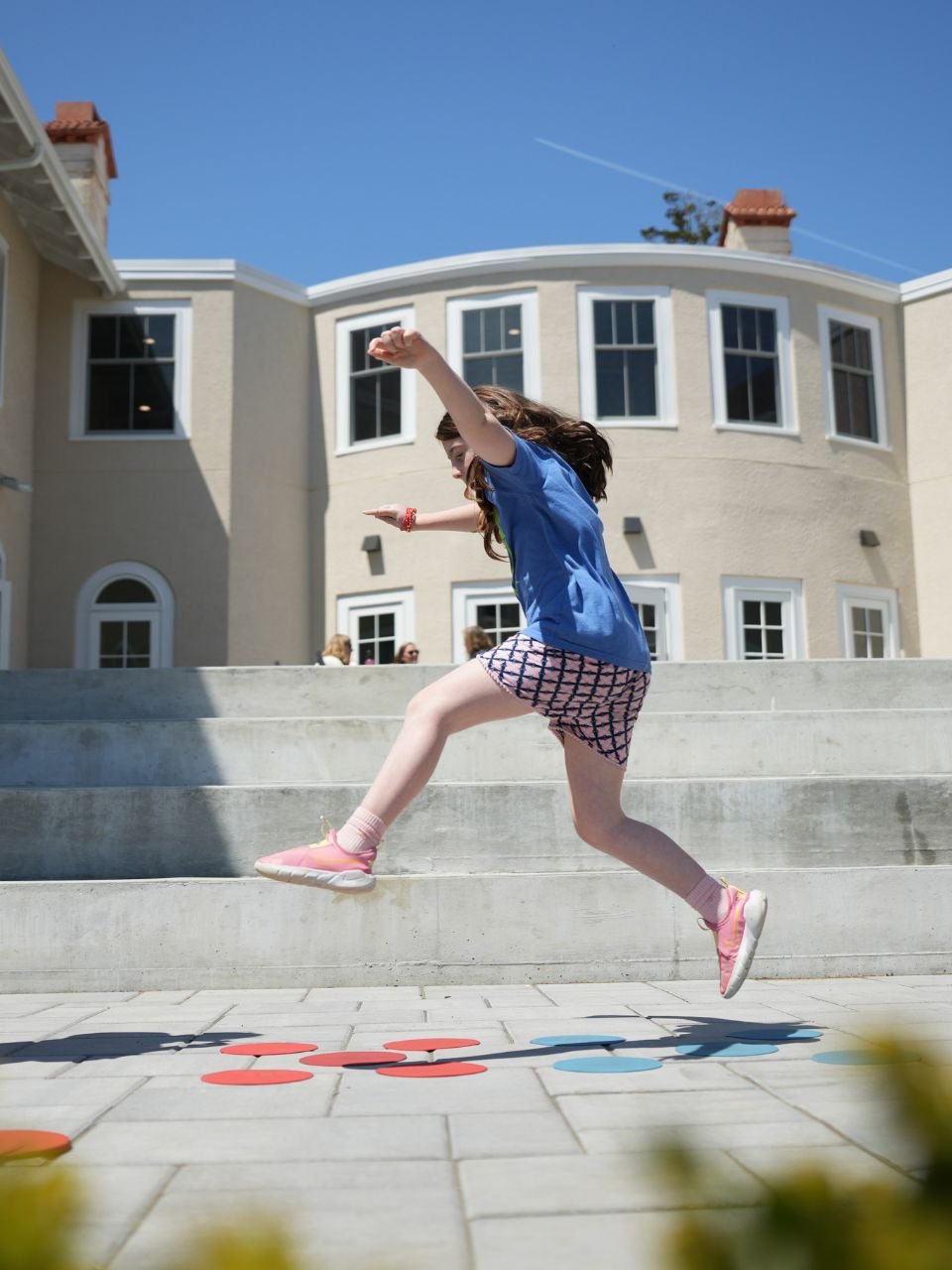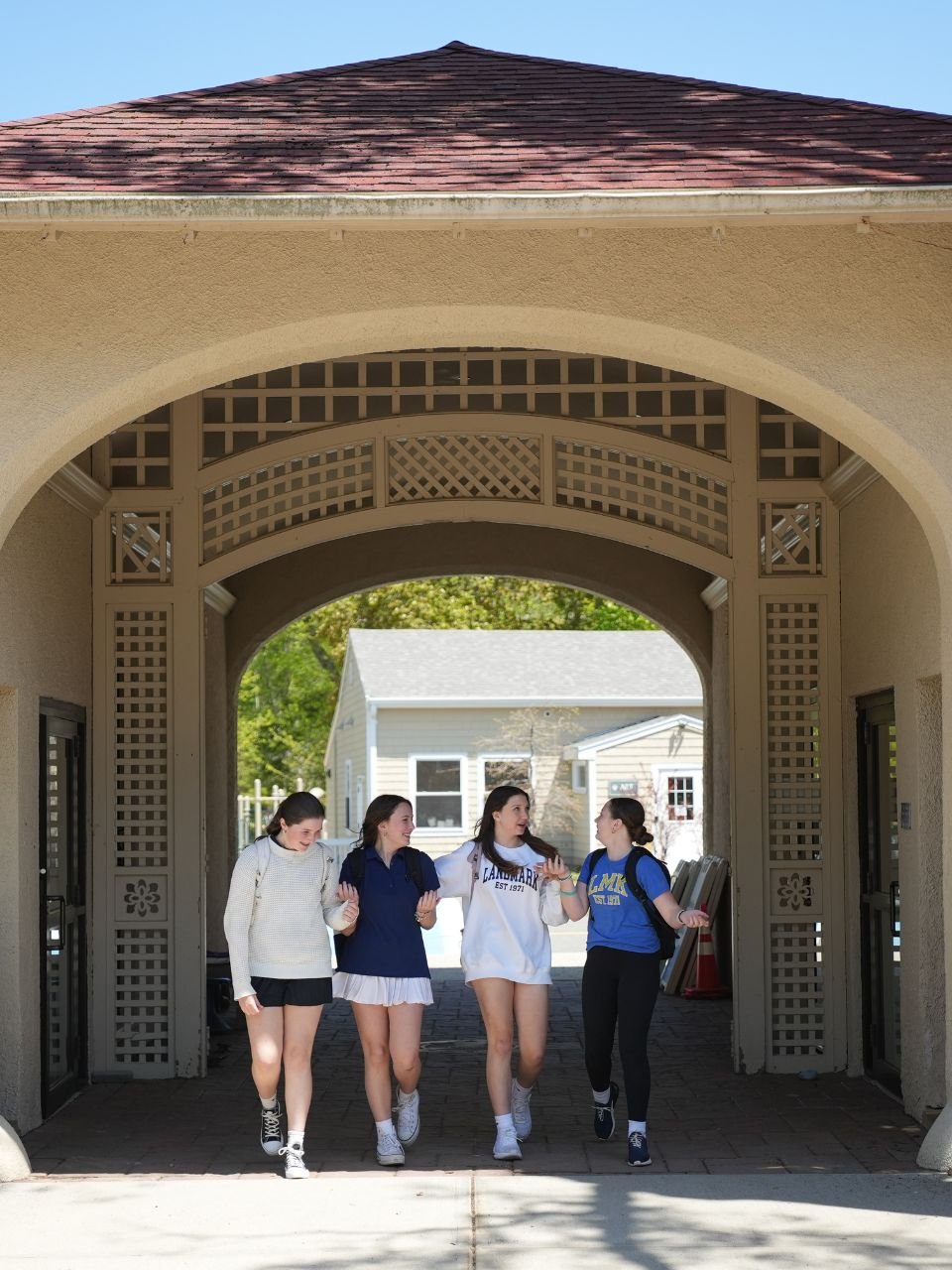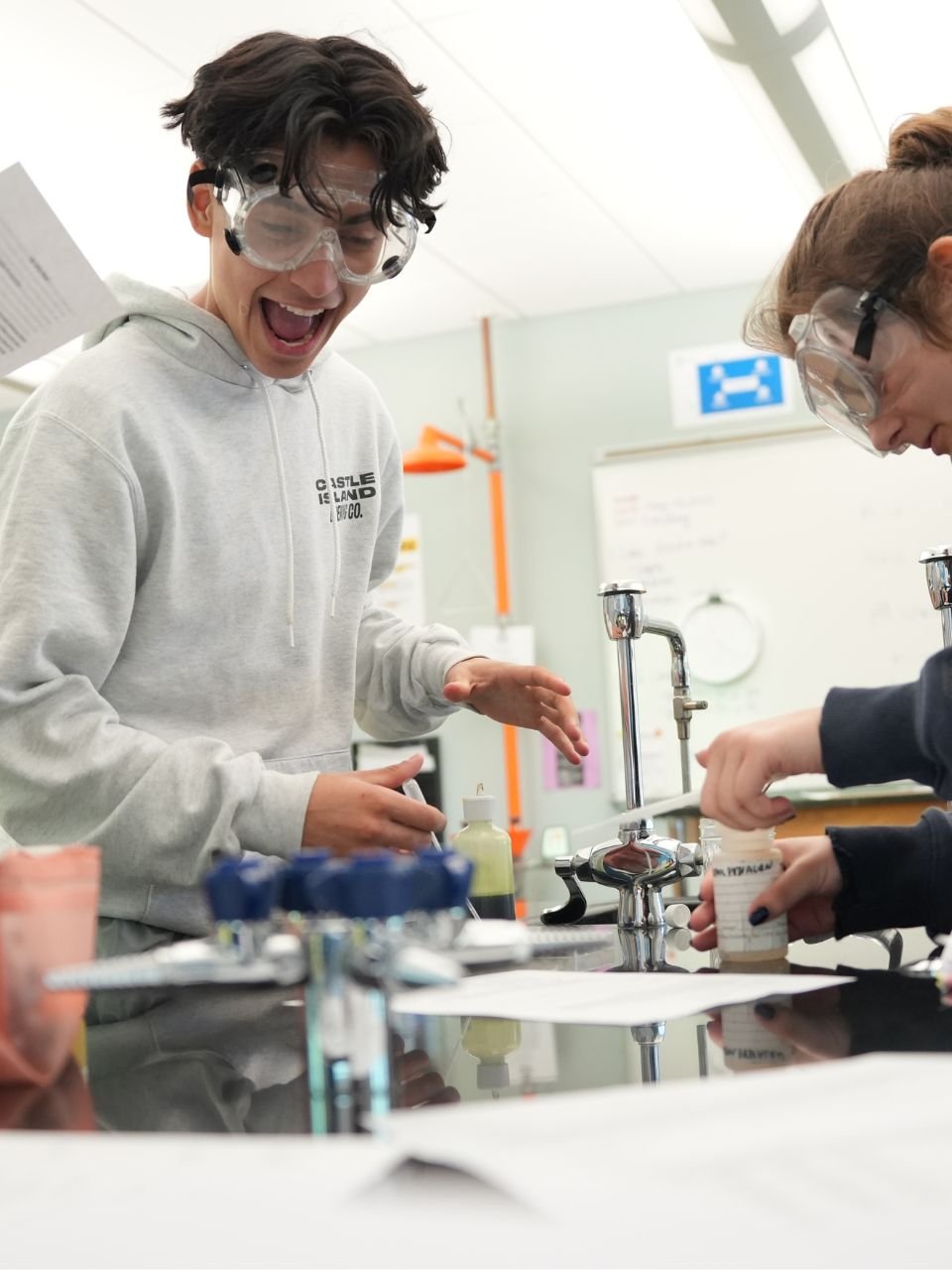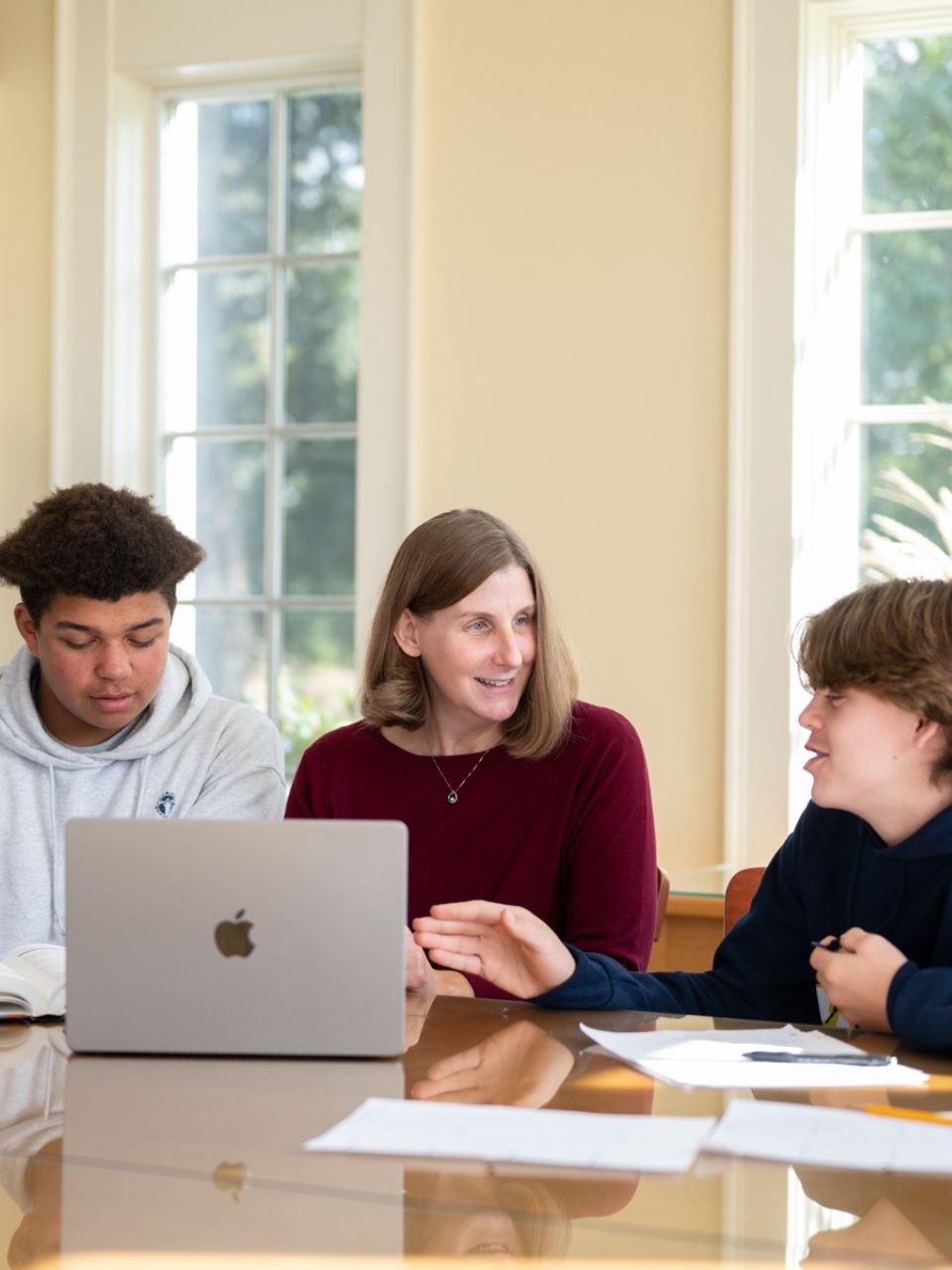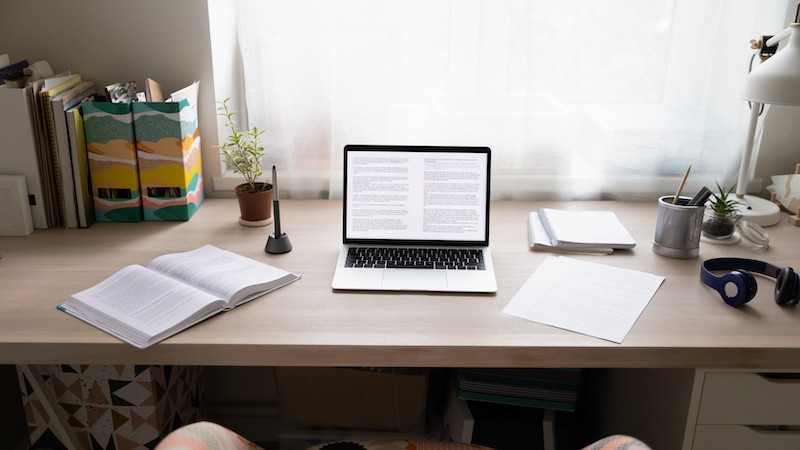- Our School
- Our Advantage
- Admission
- Elementary•Middle School
- High School
- Summer
- Giving
- Parent Resources
- For Educators
- Alumni
« Back
Tips for a Successful Transition Back to In-Person Learning
August 15th, 2021
By Elizabeth Lutsky '93, MA, BCET
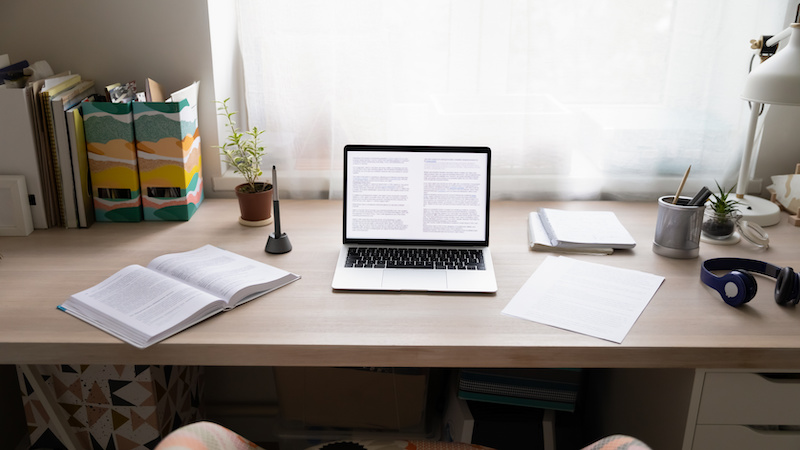
Back-to-school is an exciting time of year, but can also be a stressful one, especially now! After a year of online and hybrid learning, transitioning back to in-person school may seem overwhelming for some students and their parents. Here are a few helpful strategies to ease the transition.
Time management
Time management is an essential executive function (EF) skill that plays an important role in a student’s overall academic success. After a year of non-traditional school filled with late starts, rolling out of bed just before Zoom class, and maybe even wearing pajamas to class, developing a routine is more essential than ever.
- Chores/Responsibilities: Implementing chores and responsibilities around the house provides an opportunity to practice the essential skills of follow through, accountability, and time management. Simple tasks, such as making one’s bed each morning, loading and unloading the dishwasher, sorting the dirty laundry, or tidying up one’s bedroom, all require executive function skills.
- Sleep Schedule: Reinstate reasonable bedtime and wake-up times. Identify what time your student needs to leave the house in the morning in order to get to school on time. Work backward from there to determine the best wake-up time by subtracting the amount of time needed to eat a healthy protein-filled breakfast, get dressed, and pack up with time to spare. Keep in mind that students should have an average of 8–10 hours of sleep a night. Ideally, all technology should be turned off and stored outside of the bedroom an hour before your student plans to fall asleep in order to promote good sleep habits.
Workspace
Setting up a well-stocked, functional workspace before the school year begins is another great way to hit the ground running. Buy-in is essential, so get your student involved in the process.
- Find the right spot: A desk in a quiet, well-lit area, such as a bedroom or den, is the ideal space. Think about choosing a space that will adequately accommodate books, a computer, and an assignment notebook with enough space leftover to work comfortably. A comfortable chair, good lighting, and drawers for files and supplies are also important to consider. If your student’s bedroom is not an ideal space for a desk, setting up a portable workspace is always an option. Remember that whatever space you choose, couches and beds are off limits. Research suggests that studying in an environment similar to the one you will be asked to recall information in optimizes retrieval. Research also suggests that in order to promote good sleep habits, it is important to keep our bed as a place for relaxation. When we hop into bed, our brain knows it is time to rest and unwind, while sitting at a desk sends a signal to our brain that it is time to be alert. Besides, who likes sleeping in eraser shavings anyway?
- Declutter the space: Start by getting rid of unnecessary or potentially distracting items. It is best if the workspace does not double as an arts-and-craft nook or a slime-making station.
- Stock Up: Avoid wasted energy or valuable time searching for a pair of scissors or a stapler by creating a well-stocked workspace. If you have chosen to work in the kitchen or dining room, it is important to use a portable caddy. Poppin and Like-It are two great choices. Here is a complete list of supplies with many items to consider.
- Weekly Desk Clean-Out: In order to maintain an effective workspace, a weekly clean-out should be scheduled and put in the calendar as a recurring event. Sunday afternoon is often a great time for this activity so that you are set and ready for the week ahead. Work together with your student to make sure that all of their supplies are fully stocked and back in their designated places. Even though it may seem easier in the moment to do this exercise for your student, try to let them lead the way and guide them without judgement. This is a great opportunity for students to flex those EF muscles.
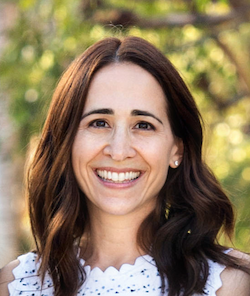
Author
Elizabeth Lutsky '93 received her undergraduate degree in psychology from the University of Michigan, Ann Arbor, and went on to earn her master's degree in learning disabilities from Northwestern University. Since 2002, Elizabeth has worked in private practice as an educational therapist, helping children with language-based learning disabilities develop the skills and strategies needed to overcome their learning challenges. Elizabeth is past president of the Los Angeles Branch of the International Dyslexia Association and is currently serving as an advisory board member. Throughout her career, Elizabeth has worked in various educational settings as a special education teacher, learning specialist, and reading coach. Elizabeth enjoys helping her clients understand their strengths and challenges as they strive to become confident, independent, life- long learners.
Posted in the category Learning.





